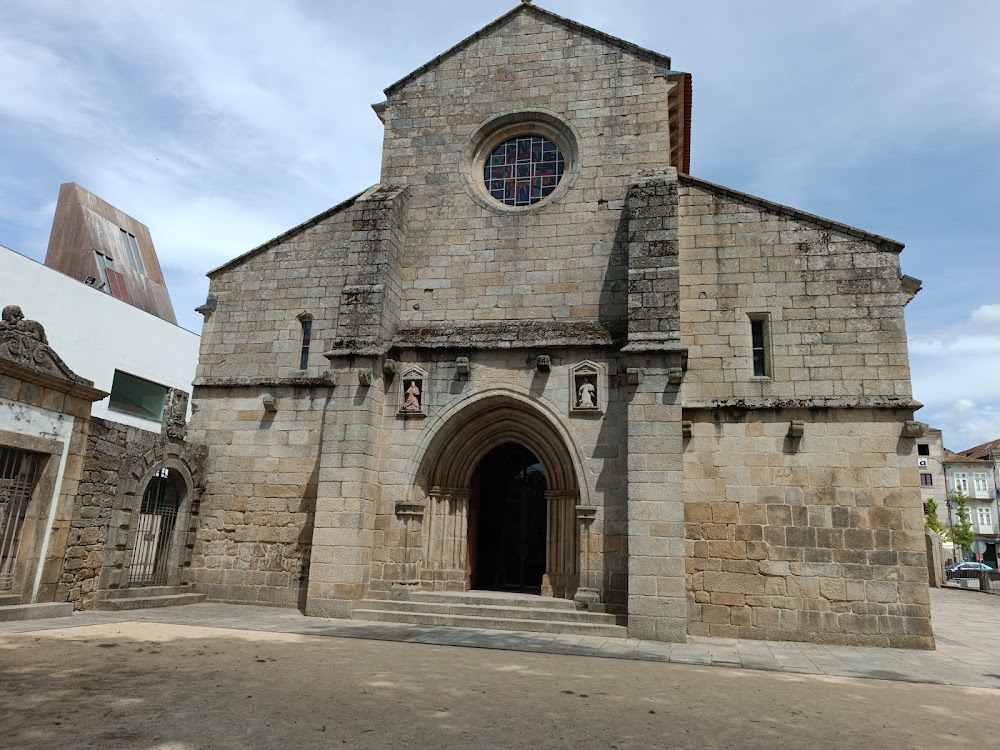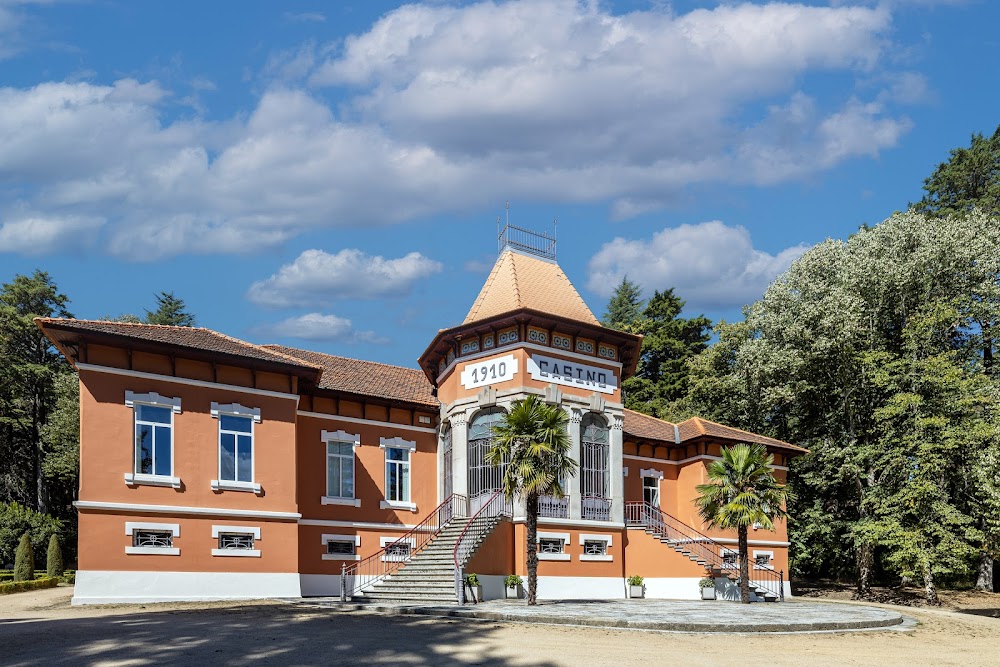House of Marrocos (Casa de Marrocos)
Overview
The **Moroccan House**, also referred to as the House of Marrocos, is a captivating gem located in the vibrant heart of Vila Real, a picturesque city in northern Portugal. This remarkable architectural marvel showcases a harmonious blend of Moroccan design elements and Portuguese craftsmanship, making it a distinctive landmark that embodies the essence of cultural fusion.
The enchanting story of the Moroccan House began in the late 19th century with João Almeida, a wealthy Portuguese merchant who developed a deep fascination for Moroccan culture during his extensive travels. Captivated by the intricate designs, vibrant colors, and exquisite details characteristic of Moroccan architecture, João was inspired to recreate a slice of this mesmerizing world back home in Vila Real.
Upon his return, João sought the expertise of skilled Moroccan artisans to bring his vision to life. Collaborating with local Portuguese builders, they embarked on the ambitious project, starting with the meticulous sourcing of authentic materials such as zellige tiles, intricately carved wood panels, and detailed stucco work. These materials were carefully transported from Morocco, ensuring the construction's authenticity and integrity.
The Moroccan House features a traditional **riad layout**, centered around a serene courtyard, or "patio." This tranquil oasis boasts a small, gently bubbling fountain that enhances the peaceful ambiance. The walls are adorned with vibrant mosaics, showcasing intricate geometric patterns and arabesques that reflect the fine craftsmanship involved in its creation.
One of the most striking features of the Moroccan House is its **hand-carved cedar wood ceilings**, skillfully crafted by Moroccan artisans. Not only do these ceilings serve as a visual focal point, but they also provide insulation, keeping the house cool during the hot Portuguese summers. The intricate carvings narrate tales of Moroccan folklore and mythology, adding layers of cultural depth to the structure.
The windows and doorways are framed with **horseshoe arches**, a hallmark of Moorish architecture, intricately decorated with elaborate wrought-iron grilles. These traditional Moroccan techniques were meticulously reproduced by the artisans, further enhancing the house's authenticity. The flooring throughout the home is adorned with colorful, hand-painted ceramic tiles, deepening the Moroccan ambiance.
Inside, the Moroccan House seamlessly blends **Moroccan and Portuguese aesthetics**. Whitewashed walls typical of Portuguese homes contrast beautifully with richly decorated sections that evoke the grandeur of Moroccan palaces. Furniture pieces include both Portuguese antiques and Moroccan-style seating arrangements, such as low sofas and intricately carved wooden tables, creating a harmonious balance between the two cultures.
Constructed over nearly five years, João Almeida spared no expense in ensuring that every detail met his high standards. The project garnered significant attention during its time, attracting visitors who marveled at the successful melding of Moroccan artistry with Portuguese influence.
Today, the Moroccan House stands as a testament to João Almeida's vision and passion for cultural exchange. Serving as both a private residence and a living museum, it invites visitors to appreciate the beauty and craftsmanship of Moroccan design within a Portuguese context. Often included in guided tours of Vila Real, the house is a popular destination for architecture enthusiasts and historians alike.
Maintained by João's descendants, the Moroccan House remains a cherished symbol of cultural interplay, reminding us of the potential for connection through shared art and architecture. Visitors to Vila Real are often drawn to this unique house, eager to experience the allure and charm of Moroccan elegance woven seamlessly into the fabric of Portuguese tradition.






